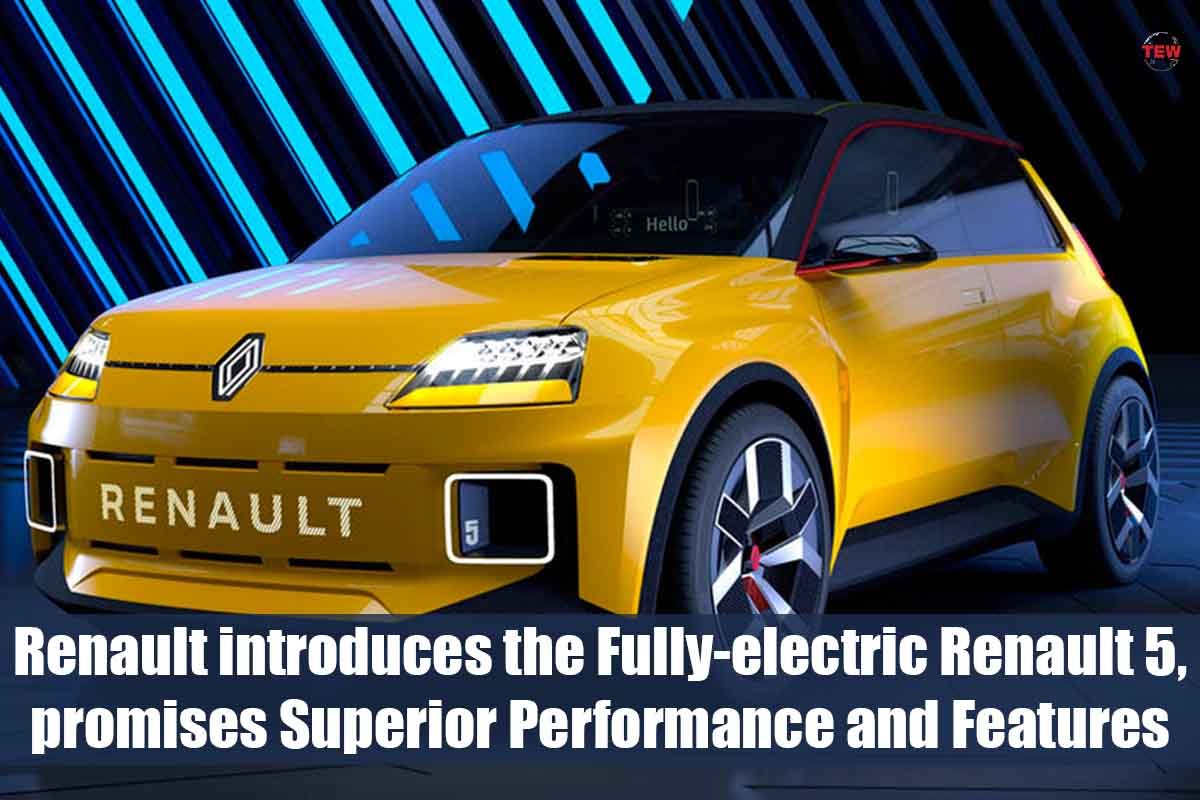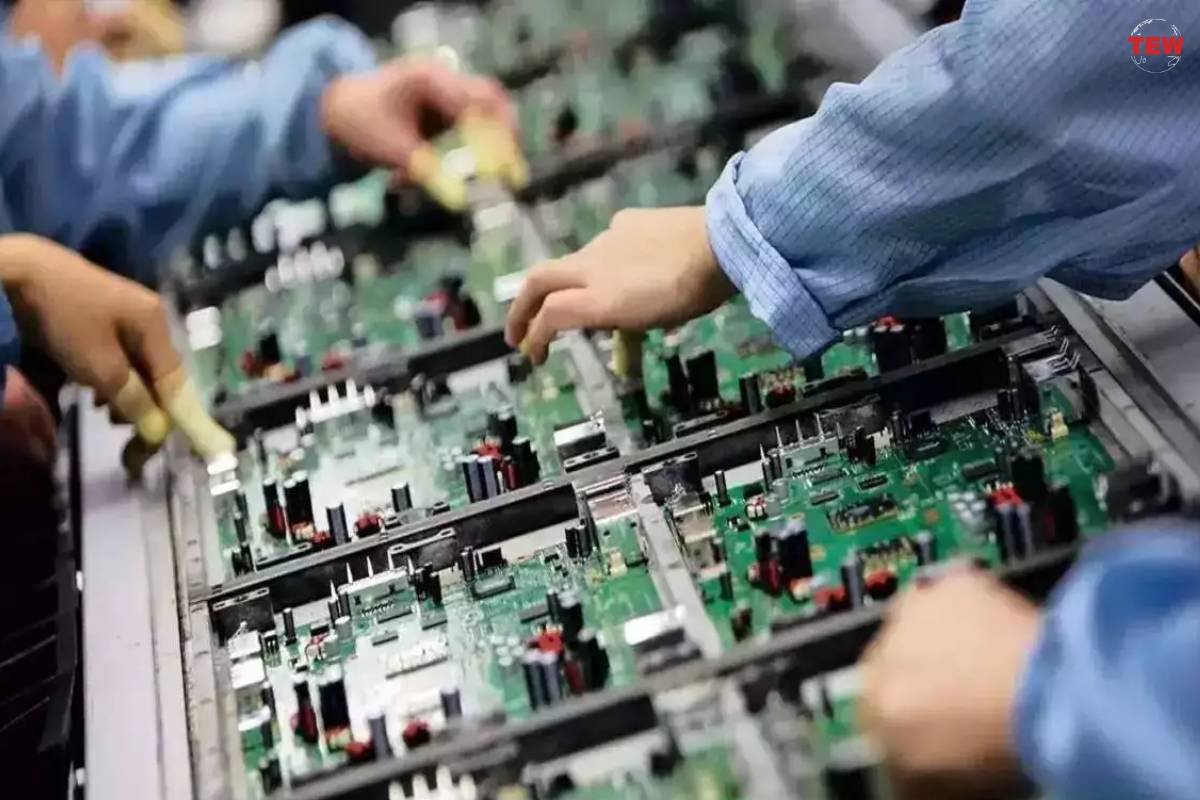The concept variant of the all-electric Renault 5 supermini debuted in 2021, and the final production model is scheduled to debut in 2024. Renault is providing us with a few details about the EV’s technical specifications while it is still in the early phases of development.
What’s in Store?
The Renault 5 will be 30% less expensive to produce than a vehicle of comparable dimensions like the Zoe because of the new modular CMF-B architecture. Notably, the EV platform uses 70% of the components from the CMF-B, which serves as the foundation for the Clio and the Captur. Additionally, it allows various tracks and wheelbase lengths to accommodate models from various segments, such as the upcoming Renault 4Ever SUV, its LCV counterpart, and the Nissan Micra’s electric successor.
Best-in-class Performance
The director of engineering for the B-Segment EV family, Jeremie Coiffier, promised “best-in-class performance” even though Renault 5 withheld any details about the powertrain’s specifications. We can’t wait for the already confirmed Alpine-badged hot hatch variant because the automaker also expects the R5 to “set the benchmark for its segment in terms of driving pleasure.”
The R5 will have a sophisticated multi-link rear axle despite its small size and cost-effective positioning, as well as a lower center of gravity and more rigid body due to the floor-mounted batteries.
The Battery Pack
Speaking of the battery pack, it will have four large modules instead of the Zoe’s 12 large modules, take up less room, produce more kWh, and be 15 kg (33 pounds) lighter. The Zoe and Megane E-Tech electric motors are the basis for the R5’s engine, which is smaller and about 20 kg lighter.
According to Renault, the synchronous motor has a higher output than a permanent-magnet motor and has a lower environmental effect because it doesn’t produce rare-earth metals. The charger, the accessory box for handling power delivery, and the DC/DC converter (400V to 12V) are additional elements of the electric drivetrain.





